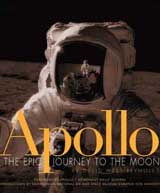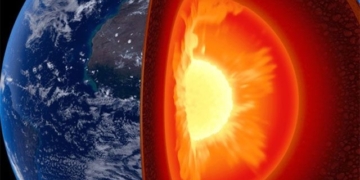 According to British media, there is a unique “Elite Club” of 12 members around the world – they are the astronauts who have landed on the moon. Recently, the book “Moon Dust: In Search of Those Who Came Back to Earth” has provided insight into their lives.
According to British media, there is a unique “Elite Club” of 12 members around the world – they are the astronauts who have landed on the moon. Recently, the book “Moon Dust: In Search of Those Who Came Back to Earth” has provided insight into their lives.
Most of the astronauts who went to the moon were American pilots from the 1950s. In the 1960s, as astronauts, they commanded NASA’s Apollo spacecraft on scientific missions to the moon and returned to Earth in glory.
However, starting from the 1970s, as the “space craze” began to wane, these 12 astronauts faced the challenges of “earthly life,” and most found new goals to strive for on the ground.
Charles Duke also experienced psychological issues after the moon landing. He struggled with alcoholism and often became irritable with his son. Duke, now 69 years old, is the youngest surviving moonwalker. He currently lives with his wife in the suburbs of Texas.
American astronaut Neil Armstrong, upon returning to Earth, found it difficult to cope with public attention and withdrew from NASA to become a teacher at the School of Aviation in Cincinnati. He expressed his frustration, saying: “How long will it take for others to not see me as just an astronaut?”.
After returning to Earth, Orde began to change his demeanor and developed a drinking problem. His wife divorced him. Currently, Orde has remarried and resides in a luxury apartment in Los Angeles. In addition to writing novels and designing a spacecraft for the “future,” he advocates for humanity’s return to space. Orde recalls that walking on the moon felt very strange and that sensation has stayed with him.
Astronaut James Oven, who sat on Apollo 15 to land on the moon, discovered a rock believed to be 4.5 billion years old, considered a piece of “primordial glass.” After returning to Earth, Oven founded a religious organization called “Soaring High.” He made two trips to Mount Ararat in Turkey with a team to search for traces of an ark. In 1991, Oven passed away from heart disease.
Astronaut Edgar Mitchell, who returned to Earth from the moon on Apollo 14, experienced a strange sensation as if something was watching him. He began researching supernatural phenomena and established the Abstract Science Association in California, focusing on human consciousness and supernatural events.
Alan Bean, commander of Apollo 12, was one of the first four people to set foot on the moon. He later became a famous painter, but he only painted one subject: colored paintings of the dusty moon landscape that he saw, created from the lunar dust he brought back.
When astronaut Yukin Selnan of Apollo 17 wrote his daughter’s name on the moon, he had no idea that his footprints would be the last left by humanity on the moon in the 20th century. Later, Selnan opened a consulting company and declared that in space, one could see the Great Wall of China with the naked eye. In 2002, he visited the Great Wall to fulfill his dream.
The book by Andree Smits reveals that despite the numerous dangers faced by the astronauts, none of the moonwalkers became wealthy from their fame; they all relied on the approximately $17,000 annual salary from NASA.
Tran Thanh Ha (According to Dantri/Global Security)
Article submitted by Tran Ngoc Tuan 9A/DK to Science
Email: [email protected]


















































